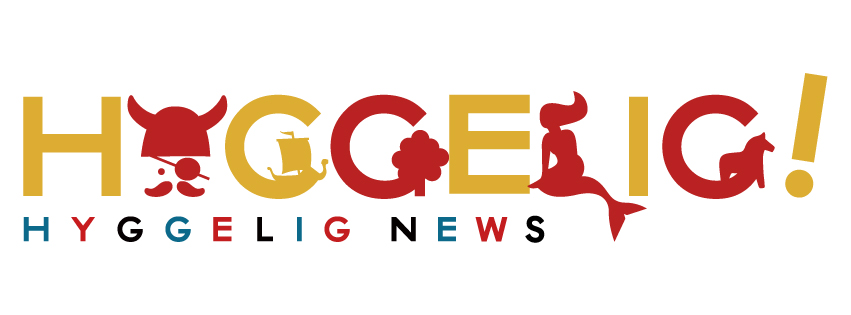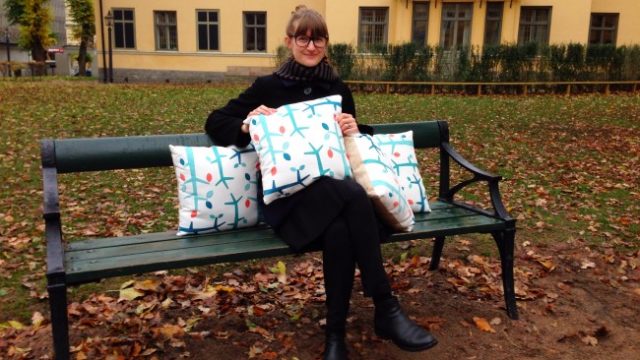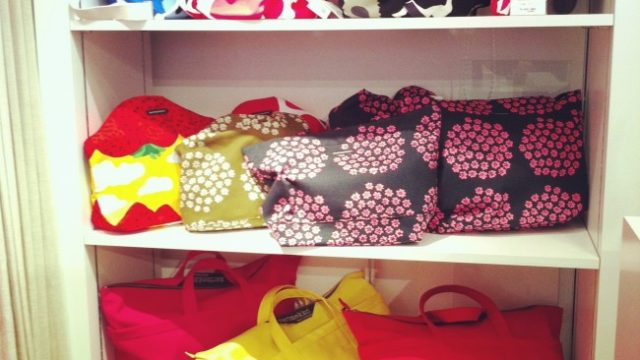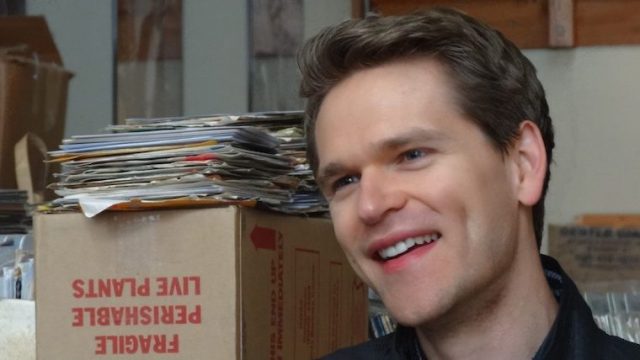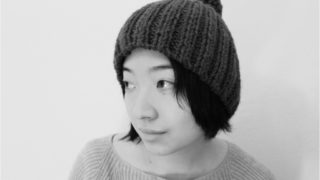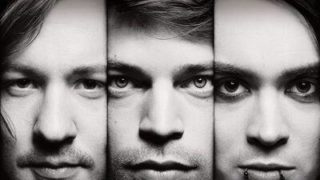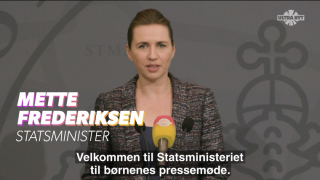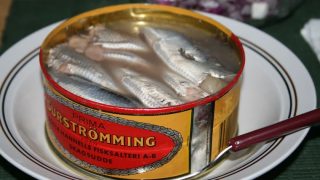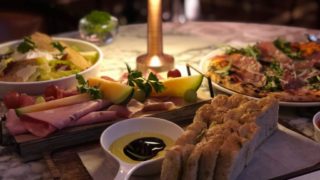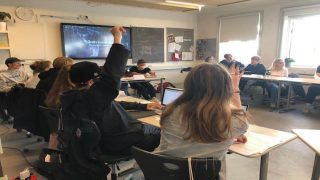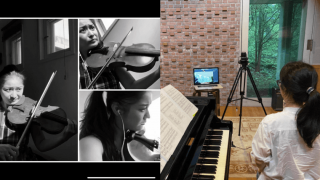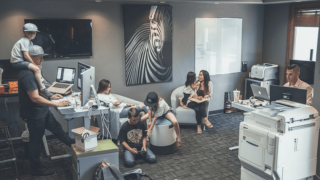Hello! I am Norie and a U.S. dedicated guest writer. I have lived in California since 2007. I interviewed the Grammy Award-winning Danish violinist Mads Tolling, who is mainly active in Denmark and the U.S. The interview took place at the “Groove Yard” record shop in Oakland, where a certain world famous novelist from Japan also visits. Please enjoy your encounter with Mr. Mads Tolling.
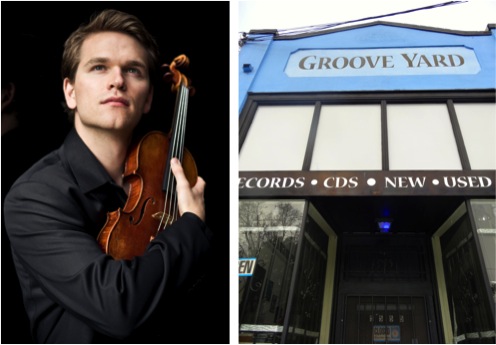
image:Mads Tolling Official Website | Grammy Award-Winning Violinist | Mads Tolling Quartet | Turtle Island Quartet.
Norie: Please tell the readers about yourself.
Mads: My name is Mads Tolling, and I am from Copenhagen, Denmark, born and raised, over there. I started playing the violin when I was 6 years old. I lived in Denmark until I was about 20 years old. I mainly started out with the Suzuki method and got into the classical music. Eventually I got into jazz, and that sort of really became my main focus from the age of 16. I started to really get into improvisation and learning about that on the violin, which is a little bit unusual; you don’t normally see that in the string world. I went to a great high school, a music high school over in Copenhagen.
After high school, I eventually moved to Boston, Berklee College of Music and studied there for three years. I got my kind of formal education, if you will, earning my Bachelors degree there. A little bit before I graduated, I actually got a recommendation from Jean-Luc Ponty, the French violinist, to join Stanley Clarke’s band, and then I moved out here to San Francisco where I live now.
I was in the Monk Institute for about a couple of months, outside of Los Angeles. I got into that, run by some incredible musicians Herbie Hancock, Wayne Shorter, Terence Blanchard. So I was really on that sort of path, getting into contemporary jazz, that has always been my focus. However, I ended up leaving that and actually going to San Francisco and joining Turtle Island Quartet in 2003. Around the same time I moved to San Francisco, I started touring with Stanley. It was a very intense touring situation for me; I was probably gone about half the year on the road, touring around doing a lot of international touring as well in Europe. South America, Australia, South Africa. That sort of kept me busy; then, about two years ago, I decided I was going to leave Turtle Island Quartet. I played with Stanley until 2010, and with Turtle Island through 2012.
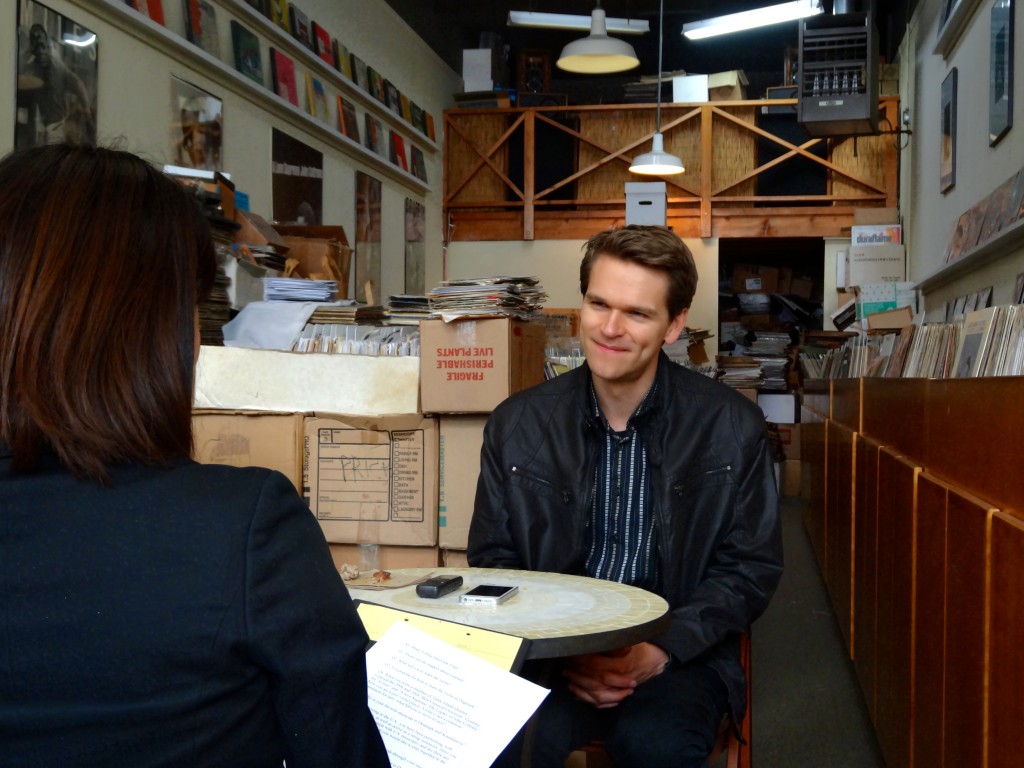
Norie: What led you to learn the violin?
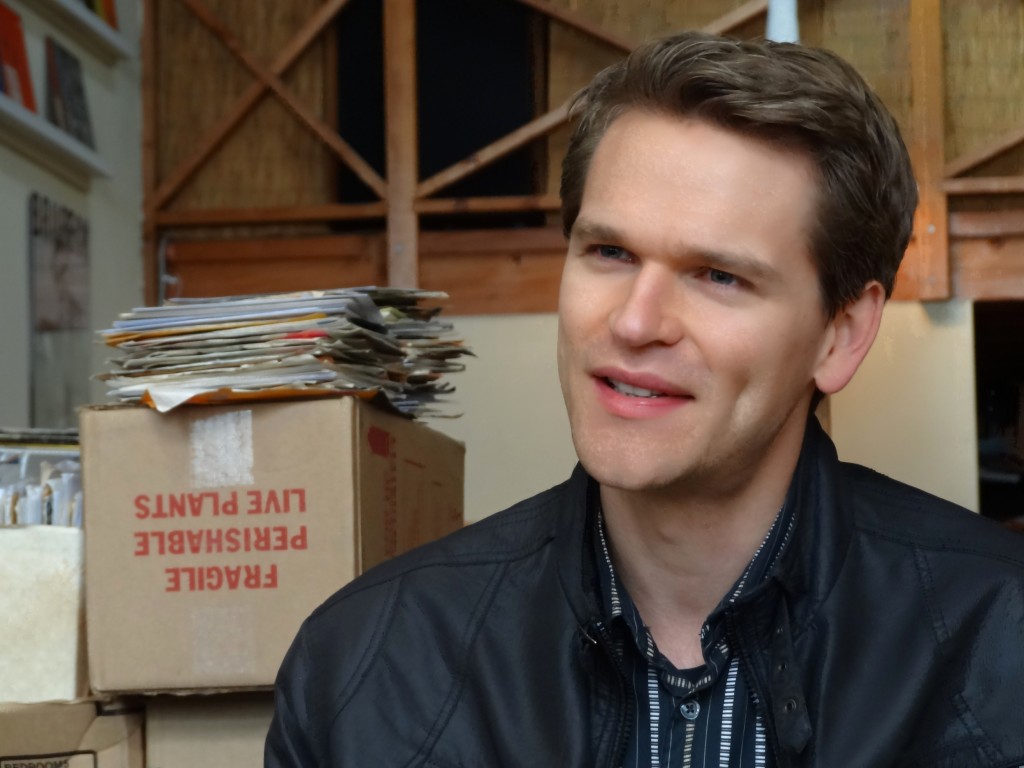
Norie: Is it popular for kids to learn the violin in Denmark?
Norie: When you were a member of Turtle Island Quartet, it earned the 2006 and 2008 “Best Classical Crossover” Grammy for “4+Four” and “A Love Supreme: The Legacy of John Coltrane”. At what point did you first become interested in playing jazz violin?
Mads: Well, obviously, it is not something you just do; it is kind of a lifelong pursuit. My pursuit started when I was 14, in Thailand. When I was a kid, we were traveling around the world with my parents for seven months because they wanted to take us on a trip and show us how other people lived. We mainly traveled in not industrialized countries, some developing nations, so we went to Thailand and my dad give me a bootleg tape of a Miles Davis recording. That was my first experience listening to jazz, I was really drawn to it, I was really into the sound. Then at a later point I realized a connection, I could do it with my violin, because I started to listen to (French violinist) Stephane Grappelli and (Danish violinist) Svend Asmussen, who is 98 years old now, a contemporary of Stephane Grappelli.
I think my main reason for that is, I love the sound of it, I love the freedom. I love the chamber setting of it, you know. You have a smaller group who are easily communicating freely on stage. For me, it is a matter of, how do you get the message across to an audience. It can always be a little bit of a challenge in jazz, because sometimes you have to be careful not to just play to yourself but make sure you are playing in front of an audience and engaging with them. So those are some of the things that really inspire me to keep playing.
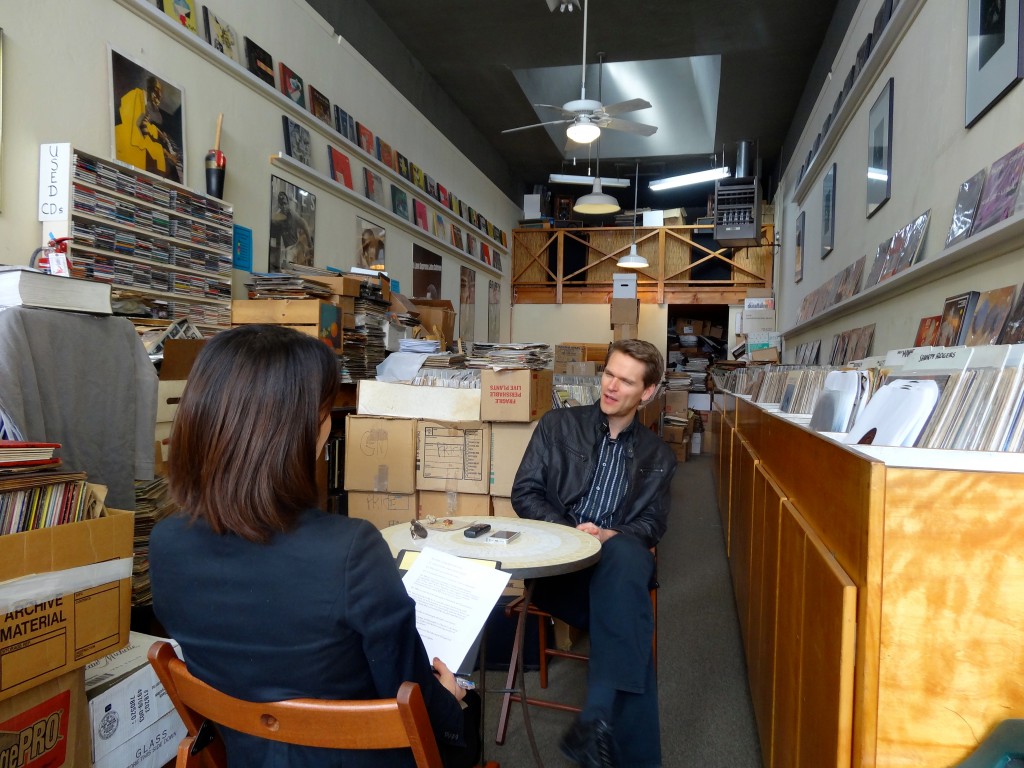
Norie: Who is your favorite musician in Denmark and Scandinavia?
Mads: There is a Swedish pianist called Lars Jansson, who is the guy I grew up listening to and is just really a beautiful player. He has a kind of Nordic sound which I guess is a little bit tricky to describe. The best way is, sounding like someone is playing from a mountain top somewhere in Norway. It has a sort of beautiful open sound to it.
Of course people have heard of Garbarek. Jan Garbarek, who played with Keith Jarrett, the saxophone player from Norway, so he started this movement (of Nordic jazz). Garbarek is another guy who inspired me. Also Niels Henning Orsted Pedersen, the guy who wrote the arrangement for, “I Skovens Dybe Stille Ro”. He is a guy I enjoy listening to. He played in Oscar Peterson’s Trio for many years and he’s been passed away now for many years, but he was just one of the guys that played bass in just an incredible virtuosic way, but also had a very soulful way, and lyrical. He made a lot of arrangements of a lot of Danish folk songs, children’s songs, and integrated them into his repertoire. I just like that concept because when you fine-tune that, the general audience will know and relate to it over there. You’re playing the tunes that people know, but in a different way. That’s what he was really a master at, so he is a great Danish bass player basically.
Svend Asmussen, whom I mentioned earlier, he is 98, now, comes from a totally different generation. He played with Benny Goodman and Duke Ellington, people from another generation, just a wonderful kind of swingy fiddler violinist. (I was) inspired by him, for sure.

Norie: Since moving to the U.S., you have been performing with many artists here, as well as active as a string instructor. Have you enjoyed the collaboration with U.S. musicians, and are there any musicians from Japan with whom you would like to play together in the future?
Mads: Yes, I have enjoyed collaborating with obviously everybody in my band, my quartet who are U.S.musicians, Erik Garland on drums, Dave MacNab on guitar, and Sam Bevin on bass. Yeah, it’s cool, everybody I come across here has a very (high motivation). I think in America to make a living as a musician, you’ve got to have a burning desire. There isn’t funding, like I’m used to in Denmark, where there is funding for the arts, and usually there is a certain fee which you are supposed to get paid, but in America there is no set fee, there is no or very little public funding, so the people that I met and collaborate with here are totally engaged. They have a burning desire to play music,
Yeah it’s been great to play with Stanley Clarke, being in his band was a great entryway into the professional life. That was really my first professional gig. When Stanley introduced me onstage, he would add to that number for each show we played (second gig, third gig…). When we played at concert it was funny.
Turtle Island Quartet was obviously my having a chance to learn from the best and understand what it means to not only play music but also logistical aspects of making a tour happen successfully and promotionally. Some things you learn from the people you already know and it was great.
(Regarding) Japan, we had been talking about Hiromi. I went to school with Hiromi at the Berklee College of Music; she would be great to play with. She came into Stanley Clarke’s band right after I left, so I was overlapping a little bit. I was on his album The Toys of Men. We were in school at exactly the same time. Makoto Ozone is also a fabulous pianist, so I think you know that, at Berklee College of Music, there are a lot of Japanese musicians, it is the type of music that, in Japan, I know is very popular.
Norie: I hope you will come to Tokyo Jazz Festival in the future and play with them.
Norie: Yes, I think Stanley Clarke’s band has been several times to Japan.
Norie: What would you like to tell people though your music?
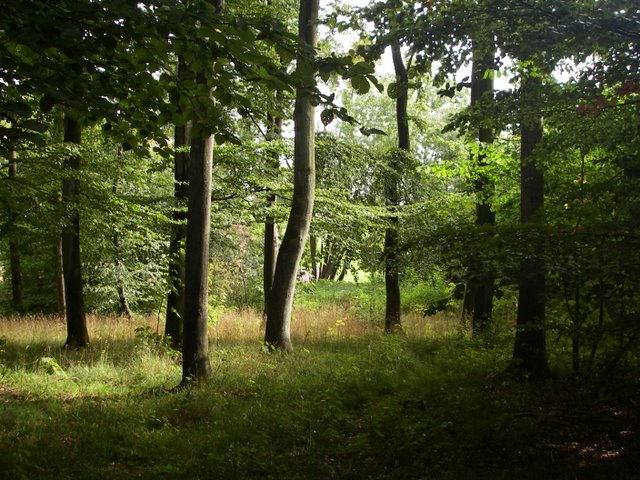
image:Untitled
Norie: Your second CD “The Playmaker”, released in 2007, includes the Danish folk song: “I Skovens Dybe Stille Ro”. Is this well-known among people in Denmark? What is this song about?
Norie: Oh yeah, I love it.
Norie: It means the “peaceful forest”?
Please Enjoy “Peaceful forest” I Skovens Dybe Stille Ro played by Mads Tolling.
[youtube value=”-f3FooD6-cY”]
Norie: What setting or activity makes you feel the most “hyggelig?” (Hyggelig means cozy in Danish!)
Norie: Are your parents in Denmark?
Norie: Please give a message to your fans in Japan
Norie: Thank you very much.
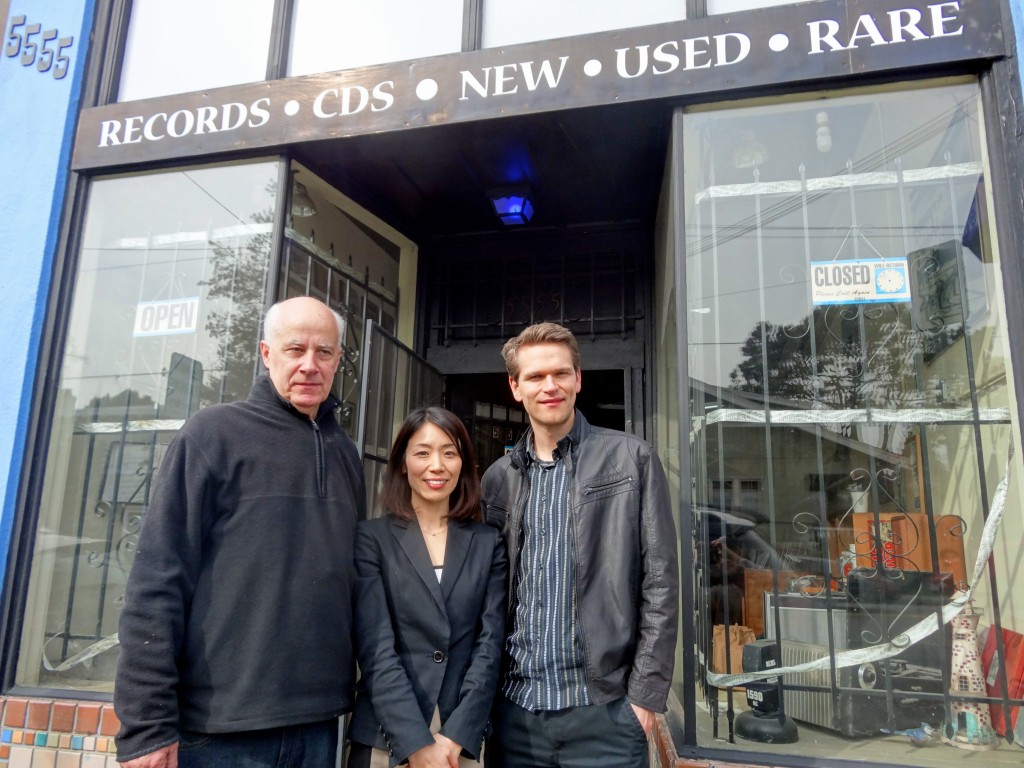
image:With Rick, owner of Groove Yard
How was the interview to you?
I discovered that the children in Denmark are well supported culturally to learn music, and I learned about some world-famous musicians from Denmark. Also, music is a wonderful communication with people who have different backgrounds.
Please go and check out Mads Tolling at his live performance when you have opportunities. I am certain that you are able to spend Hyggelig moments!
Mads Tolling Official Website
http://madstolling.com
